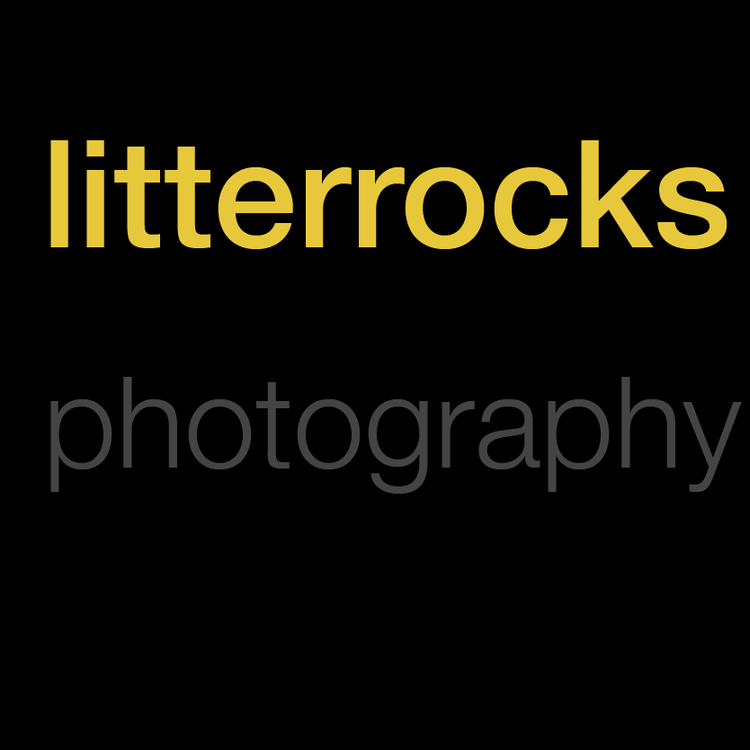It was a warmish, lazy July Saturday. The temperatures were in the low 80’s but the sun was hot. I found a sling chair on the front deck to read a book in the shade after some gardening work in the backyard this afternoon. I’ve had plenty of sun recently, shade sounded good. I refer to sling chairs as “instant sleep chairs” because within about five minutes of sitting in one I’m off in a deep sleep, book in hand or not.
After a brief nap, I woke up close to 5 PM. It was still too early to start dinner so I pulled out a camera and began to play with it.
About five years ago I picked up my first true Leica camera, one designed and built in Germany. It was an X1, a fixed lens compact. Maybe Leica aficionados don’t consider this a true Leica, but it was my first taste of one so I do. I didn’t care to spend the many extra thousands of dollars for a more expensive rangefinder. I’m not convinced my work merits the expense. But I liked the Leica color I was seeing in other peoples photos, and was interested to see if Leica cameras, even the less expensive ones, produced similar color and better photos for me as well. I had at least one other Leica camera before this one, but it was basically a rebranded Panasonic compact with Leica glass. Capable enough and Panasonic is a great electronics and optical company. I continue to use it; it is very handy. But it is a Panasonic at heart.
I read numerous reviews of the Leica X1 before I purchased it. It was going to cost me about $2000, and the reviews were mixed. The picture quality was generally considered very good at the time due largely to its larger-than-standard APS-C CMOS sensor. But it was reported to have several flaws as well, namely being slow. And by slow, I mean the camera takes time to focus and takes time to process an image. It also had a fixed lens with no ability to zoom (not an issue for me). The manual focus feature is clunky. It was also larger than most compacts, making it difficult to slip into pants, especially jeans. But since my jeans mysteriously shrank a size or two several years ago over winter while simply lying flat and folded in my dresser drawer, I don’t wear those as often these days. The camera fits fine in looser pants and in jacket pockets.
I used my X1 quite a bit when I first purchased the camera, but mostly as a city camera. Subsequent camera purchases led to this one sitting at home often. When I used the X1 early on, I often used one or more of the automatic settings, whether shutter speed, aperture setting or ISO; sometimes two of them together; often all three. Occasionally I would shoot in complete manual mode, but not as often as I should.
A few months ago, I pulled it out again out of curiosity. I’d since picked up a Leica Q, a much nicer camera. But the older X1 had me curious again.
One feature I’ve come to like with electronic and digital cameras is the Auto-Exposure Lock (AEL) feature. The X1 does not have this apparently. I reread the manual and searched online one evening to see if I was missing something. I found a Leica forum where others were asking the same questions about an AEL feature. Most seemed to want one. A professional photographer who also called himself a Leica ambassador replied to the forum discussion topic—with a somewhat condescending tone—that such features are gimmicks, and that one should learn to use basic photography principles and understand the links between shutter speed, aperture and film speed to get the correct exposure. Although I could do without the condescension, I had to admit he was correct.
In the 1980s and 1990s I learned these basic photography techniques when I shot film in the mountains with my inexpensive Pentax ME Super. Although kit cameras of 1983 vintage had some automated features, it was quicker, and ultimately more reliable, to estimate the correct shutter speed and aperture settings for a given lighting situation. I didn’t always guess correctly, but over time I did more often than not.
I became lazy and forgot a lot of the basic techniques with the dawn of digital cameras with more sophisticated electronics and firmware features. I decided take the photographer’s advice and use my Leica X1 almost exclusively in manual mode. One interesting feature I discovered with the camera was that once you manually set the exposure and speed dials, the AUTO ISO feature is disabled. The camera forces you to select all three key variables manually. This is good.
In the last month or so, this relearning has made me a better photographer. I’m using what I’m learning with my other cameras as well, at least the ones where shutter speed, f-Stop and ISO can be independently selected easily.
The simple selfie photo above, taken with me sitting lazily in a sling chair this late afternoon, is just one more practice attempt using these manual techniques with the Leica X1. Each photo taken contributes a little more to restore this body of knowledge I once had twenty or more years ago.
Camera: Leica X1
Focal length: 24 mm
Aperture: f2.8
Shutter speed: 1/250
ISO 200
Exposure Setting: Multipoint
Focus Setting: Spot
Flash off
Exposure bias: 0
Hand held
